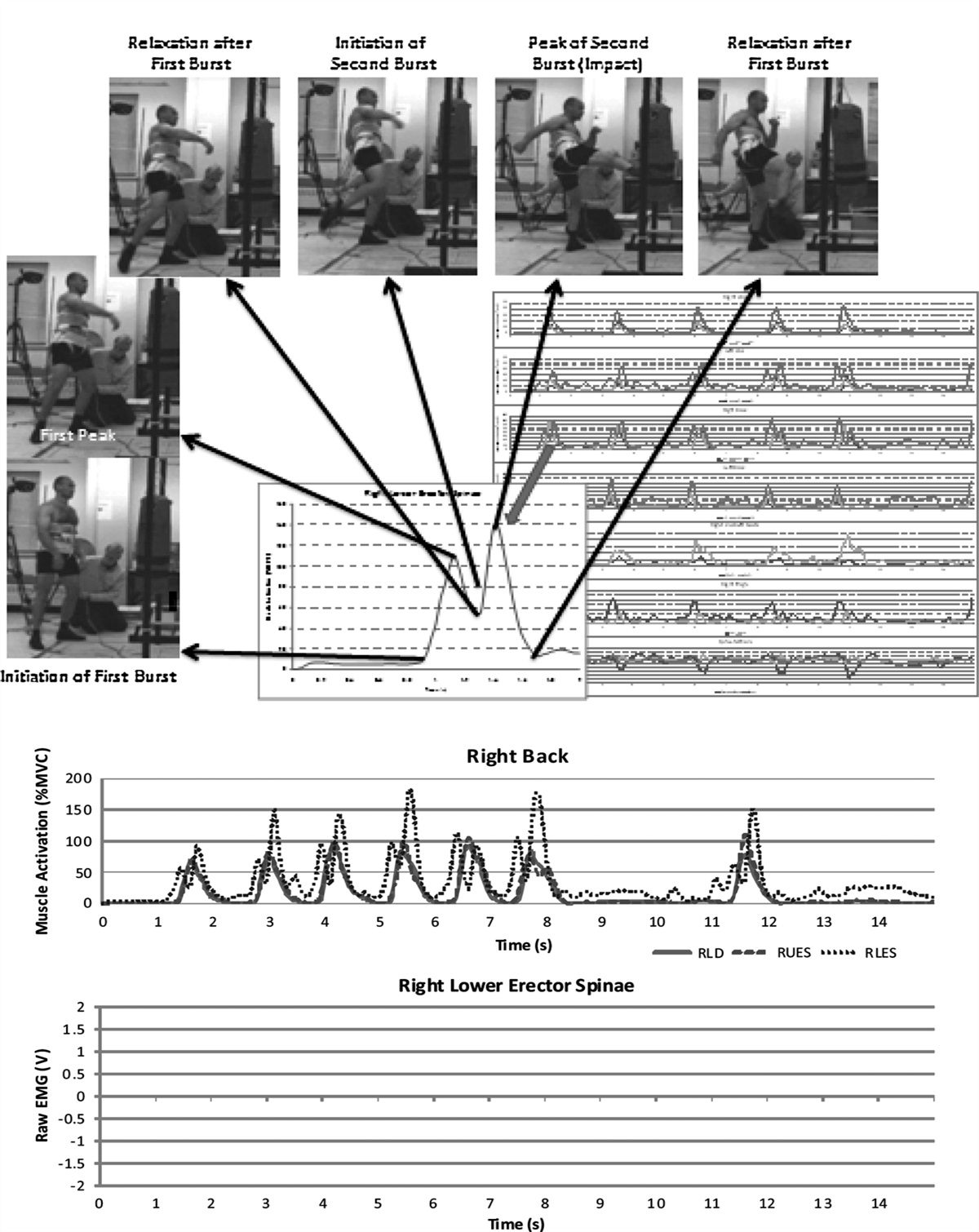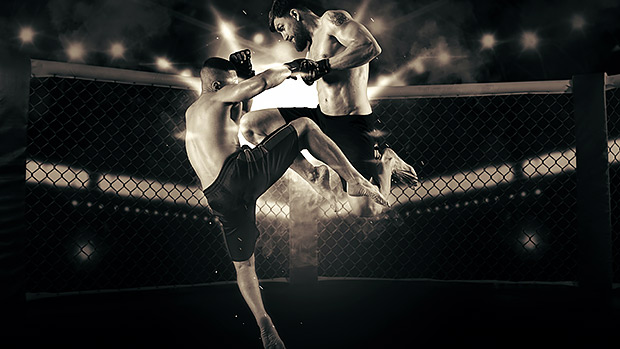Jamie P
Level 1 Valued Member
I have 20 years of experience training but this is an important question. I feel like I'm generating more actual strength and tension at about 70 to 80%. Let me try to explain. (Simple example: a bicep curl)
* curling 5lb dumbells ( forcing all my effort in contracting with no help from more weight to make it easier to contract the muscles harder)
*curling 40 lb dumbells ( The weight is helping my brain say to the muscles contract hard to handle the load! Plus I'm forcing maximal tension to handle more weight in the future)
* Curling 55 lb dumbells ( Eventhough I can lift it the weight is so heavy that I feel like my brain is trying to force the muscles to relax before they get hurt) I can't seem to generate that hard contraction. Eventhough it's heavier weight?
Is it all in my head?
* curling 5lb dumbells ( forcing all my effort in contracting with no help from more weight to make it easier to contract the muscles harder)
*curling 40 lb dumbells ( The weight is helping my brain say to the muscles contract hard to handle the load! Plus I'm forcing maximal tension to handle more weight in the future)
* Curling 55 lb dumbells ( Eventhough I can lift it the weight is so heavy that I feel like my brain is trying to force the muscles to relax before they get hurt) I can't seem to generate that hard contraction. Eventhough it's heavier weight?
Is it all in my head?


